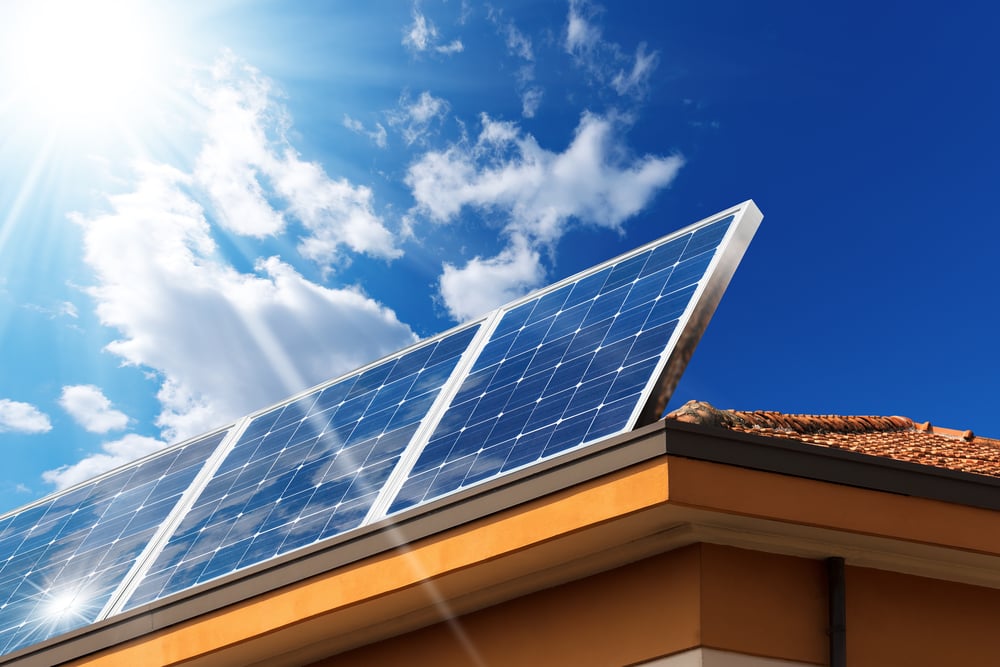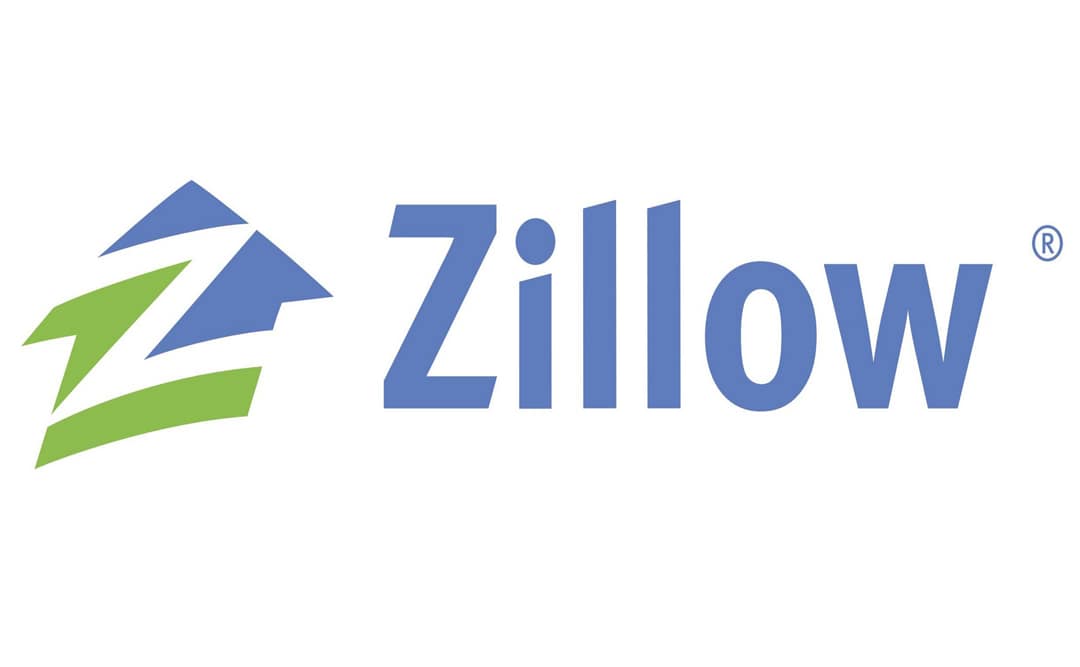California is yet again taking strides in environment advancement - What will this mean for your home? As part of a landmark policy adopted in May, rooftop solar panels will be required on most new homes and apartment buildings by the year 2020. This unanimous vote by the California Energy Commission means builders and buyers have less than 2 years to prepare. Although this may require increased strategic planning, the group estimates the mandate will lead to the reduction in greenhouse gas emissions equivalent to 493 million pounds of carbon each year - that’s almost 50,000 cars less on the 405 highway.
Being an environmental trends setter, California is already ahead of the curve on solar power -- nearly one in five new homes built in the state are powered by solar energy. And while the solar mandate is a major part of the state’s new energy standards, it’s not the only piece of the recently approved energy standards. Other components of the energy mandate include updated energy efficiency standards aimed at reducing net electricity usage to zero, improved ventilation standards, and updated lighting standards for commercial and industrial buildings. The solar mandate is an extension of a previously approved building rule requiring new construction to be equipped for solar power starting in 2014.
How does this impact Finances?
Although the new mandate is expected to add an extra $30 to a typical mortgage payment on a new build with solar electricity, homeowners will notice a reduction of $80 in energy costs each month. While this cost reduction is apparent, a recent study by the National Home Builders Association found that for every $1,000 increase in price of a new home in California, the number of potential buyers shrinks by 15,000. With an added $8,000 to $10,000 price tag for solar panels on a new home, the short-term effects of the new mandate could be problematic.
In addition to forcing the building costs of a new home to rise significantly, the mandate could also result in a rise in home prices across the state. In a market that is already saturated, this could mean the average home buyer may be forced to forgo a needed upgrade in the future. While the possible housing crunch would impact those in the median income sector, luxury homeowners may actually benefit from the solar mandate.
Luxury Home Footprints
Luxury homes often have a larger energy footprint than traditional single family homes, so luxury homeowners can greatly benefit from the energy cost savings the environmentally friendly power alternative can provide. Since new homes built after 2020 will require the installation of solar panels, luxury homeowners who have already installed the panels or choose to install them soon will reap the rewards in both ongoing cost savings and when they choose to sell. Because of these factors, luxury home buyers will soon begin expecting solar panels in homes they purchase, making the addition of those panels a necessity in the near future.



































































































